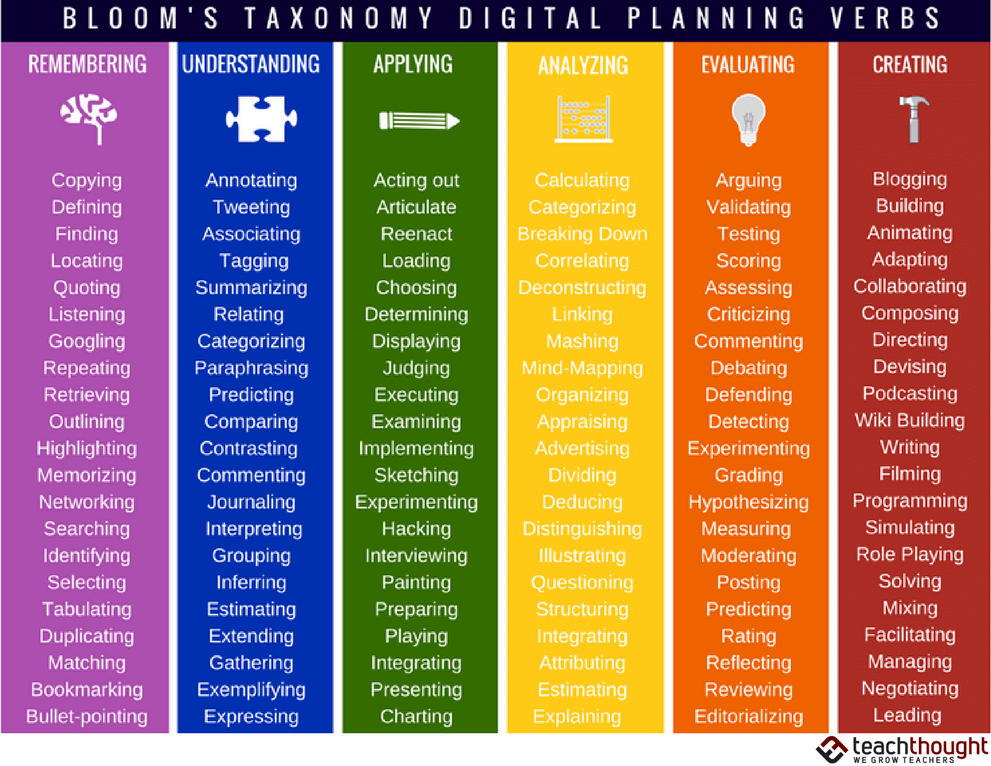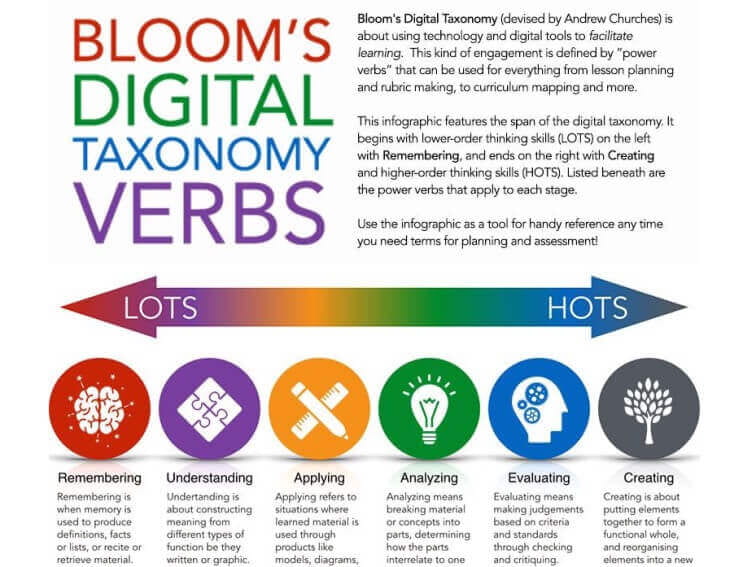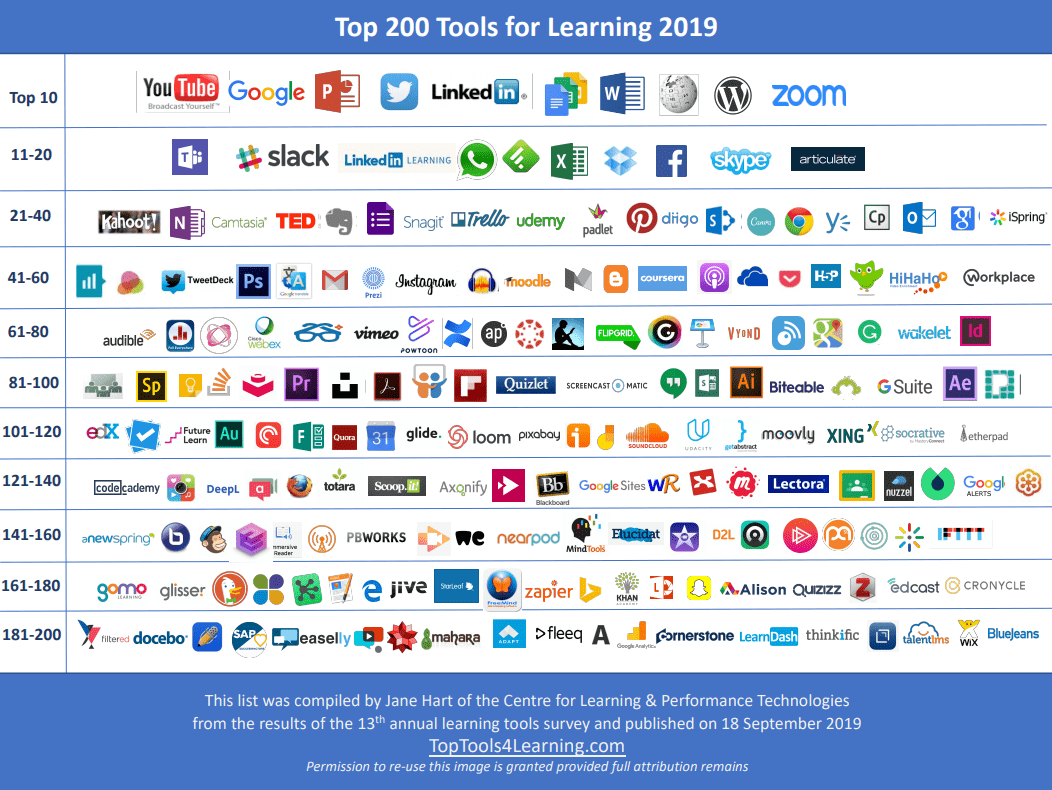In the past decade, how we tended to use the internet has significantly changed. The early web was a destination – you went to the web to search, find and read information. Most individuals did not have the HTML coding skills to actually publish their own content on the web.
Look at how that has changed! The web has become a space where human knowledge is stored, reshaped, accessed and redistributed. Information is abundant and knowledge has been set free.
Jane Hart annually polls professionals to find out what digital tools they are using. Her latest top tools for education break the tools in to four categories, what she called the 4 D’s:
A well rounded online course will involve all four areas of didactics, discover, discourse, and doing!
A report of an independent committee of inquiry into the impact on higher education of students’ widespread use of Web 2.0 technologies, Higher Education in a Web 2.0 World, noted that the social web has had a profound effect on behaviors, particularly those of young people. The younger students inhabit it with ease and it has led them to a strong sense of communities of interest linked in their own web spaces, and to a disposition to share and participate.
This propensity to share is not without issues. The ECAR study found that students’ perceptions about their digital literacy were questionable, because students tended to not be aware of the complexities involved in technology. The study suggested that the potential gap between actual and perceived skills and literacy is important to understand and factor into strategies for teaching and learning. It is therefore important that faculty guide students towards developing higher order thinking skills.
In Course Design, we discussed aligning learning outcomes, activities, and assessments. Structuring both outcomes and activities towards higher order thinking skills becomes even more important when teaching online.
 In the pages that follow in the Teaching Online Toolbox, we will explore some of the many tools that reinforce these emerging practices. Your role, in line with TPACK, is to find the right tools that help learning the right content.
In the pages that follow in the Teaching Online Toolbox, we will explore some of the many tools that reinforce these emerging practices. Your role, in line with TPACK, is to find the right tools that help learning the right content.


